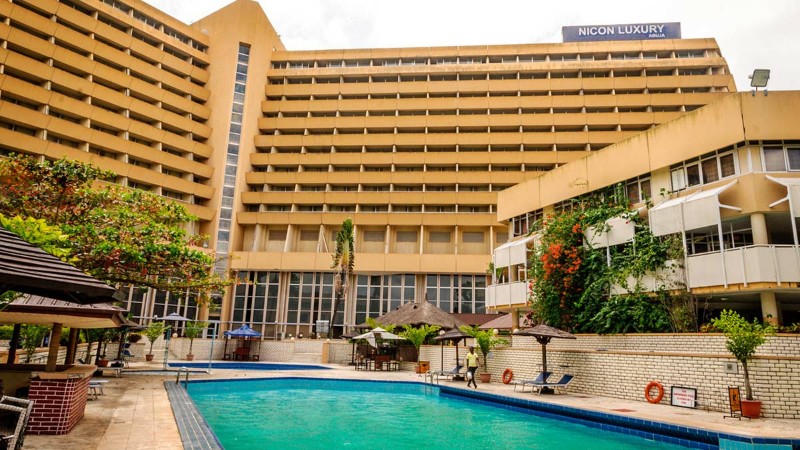
In a momentous move designed to invigorate the nation’s economy and raise living standards, the Kenyan government has declared plans to infuse a staggering U.S.$731 million towards the refurbishment of the Nairobi-Mombasa standard gauge railway (SGR). This significant infrastructure project, one of the country’s most costly to date, includes the construction of new sidings, as well as the procurement of additional locomotives and wagons, all slated for completion within the next three years.
The National Treasury’s recent report elucidates the government’s commitment to the country’s transport sector, stating that an incremental U.S.$714.7 million will be allocated to the “Development of Standard Gauge Railway” between July 2023 and June 2026. This substantial investment, aimed at augmenting the country’s transport backbone, is projected to increase the total expenditure on the SGR project to an impressive U.S.$5.7 billion by June 2026, as per the report.
A substantial portion of the remaining budget will be earmarked for the “Mombasa to Nairobi SGR” project, primarily focusing on the construction of new feeder lines and refurbishment of the existing meter gauge railway (MGR) lines, according to The East African. The Railway Development Fund (RDF), charged at 2%, is reported to be imposed on all goods imported into Kenya for domestic use.
Within the upcoming year, the government intends to construct a new 2.8-kilometer Metre Gauge Railway (MGR) link from the Mombasa SGR Terminus to the Mombasa MGR station. This venture, valued at U.S.$ 18.29 million, also comprises the construction of a railway bridge across the Makupa causeway, establishing a crucial link between Mombasa Island and the Kenyan mainland.
Further projects encompass the creation of a new Metre Gauge Railway (MGR) line linking the Naivasha Inland Container Depot to the existing Longonot Railway Station, costing U.S.$11.7 million. An additional U.S.$2.93 million is set to finance the construction of a Railway Metro Line connecting the Athi River Station to the East African Portland Cement.
Moreover, U.S.$3.3 million has been allocated to develop another Railway Metro Line connecting Athi River Station to NSSF and Mavoko, with this figure expected to rise to U.S.$11.4 million and U.S.$13.83 million in the financial years 2024/25 and 2025/26, respectively. To facilitate the movement of cargo from the port city of Mombasa to Uganda, the government plans to rehabilitate the line between Longonot and the Western border town of Malaba.
The state also plans to construct a cargo handling yard in Malaba, allocating U.S.$3.45 million for this project. In terms of equipment acquisition, U.S.$27.8 million will be spent in the next fiscal year, followed by U.S.$8 million in 2024/25 and U.S.$4.4 million in 2025/26. Additionally, a U.S.$8.23 million logistics hub is planned for Athi River, and U.S.$87 million will be directed towards acquiring rolling stock for cargo transport on the SGR from Mombasa to Naivasha.
In the final stages of his tenure in 2022, former President Kenyatta underscored the strategic use of debt to catalyze the economic development of the new administration under President William Ruto. Kenyatta’s tenure saw Kenya borrowing around $4.8 billion in three tranches for the construction of the two phases of the SGR, resulting in a substantial increase in the country’s debt stock, as reported by
The East African. This bold step of leveraging debt to fund infrastructure development was seen as a key growth driver for the Kenyan economy.
President Ruto’s administration is now set to continue this forward-thinking approach, recognizing the importance of these developments to Kenya’s economic growth and prosperity. The new administration’s investment in the country’s transport infrastructure, particularly the Nairobi-Mombasa SGR, is a testament to the government’s dedication to the economic well-being of the nation.
The government’s plan to spend U.S.$731 million on the Nairobi-Mombasa SGR, including building new sidings and purchasing additional locomotives and wagons, is an important signal to the world. It shows a firm commitment to improving transport infrastructure, which is seen as key to unlocking economic growth, improving living standards for Kenyans, and increasing the country’s global competitiveness.
The ongoing and planned improvements to the SGR and MGR lines are not only expected to boost the country’s logistics sector but are also likely to create new jobs, stimulate local economies, and foster regional integration. The rehabilitation of the line between Longonot and Malaba, for instance, is particularly critical as it will facilitate smoother cargo movement from Mombasa to Uganda, further bolstering regional trade.
In addition to the improvements to the railway network, the government also plans to invest in other related infrastructure. The construction of a new cargo handling yard in Malaba and a logistics hub in Athi River demonstrates a holistic approach to infrastructural development, with a focus on enhancing the entire supply chain.
Moreover, the significant investment in rolling stock – U.S.$87 million to be exact – is a clear indication of the government’s long-term commitment to the railway sector. This investment will not only ensure the efficient ferrying of cargo on the SGR from Mombasa to Naivasha but also significantly reduce the cost and time of transport, benefiting businesses and the wider economy.
The government’s massive investment in the railway sector reflects its steadfast belief in the potential of infrastructure to catalyze economic growth. By building upon the foundations laid by the previous administration, the current government is making a strong statement about the central role of infrastructure development in the country’s economic strategy. In the coming years, Kenyans and the world at large will be watching closely to see the results of this ambitious plan.














